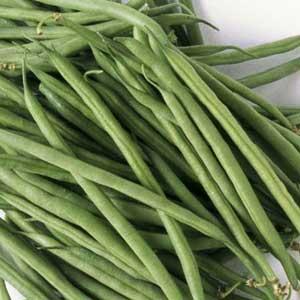Beans grow with little care, produce an abundance of pods, and can add nitrogen to the soil, making them ideal plants for organic vegetable gardens. beansDried or fresh, shelled or whole, beans are a favorite crop for home vegetable gardens. They are easy to grow, and the range of plant sizes means there is room for beans in just about any garden. Among the hundreds of varieties available, there are types that thrive in every section of the country. Types All beans belong to the legume family. Snap and lima beans belong to the genus Phaseolus, while mung, adzuki, garbanzo, fava, and others belong to different genera. In general, there are two main bean types: shell beans, grown for their protein-rich seeds, which are eaten both fresh and dried; and snap beans, cultivated mainly for their pods. The two groups are further divided according to growth habit. Bush types are generally self-supporting. Pole beans have twining vines that require support from stakes, strings, wires, or trellises. Runner beans are similar to pole beans, although runners need cooler growing conditions. Half-runners, popular in the South, fall somewhere in between pole and bush beans. Adzuki beans, which come from Japan, are extra rich in protein. The small plants produce long, thin pods that are eaten like snap beans. When mature at 90 days, they contain 7 to 10 small, nutty-tasting, maroon-colored beans that are tasty fresh or dried. Black beans, also called black turtle beans, have jet-black seeds and need approximately 3 months of warm, frost-free days to mature. The dried beans are popular for soups and stews. Most are sprawling, half-runner-type plants, but some cultivars, like 'Midnight Black Turtle', have more upright growth habits. Black-eyed peas, also called cowpeas or southern peas, are cultivated like beans. They need long summers with temperatures averaging between 60° and 70°F. Use fresh pods like snap beans, shell and cook the pods and seeds together, or use them like other dried beans. Fava beans, also known as broad, horse, or cattle beans, are one of the world's oldest cultivated foods. They are second only to soybeans as a source of vegetable protein, but they're much more common as a garden crop in Europe than in the United States. You won't find a wide range of varieties in most seed catalogs, unless you choose a seed company that specializes in Italian vegetables. Unlike other beans, favas thrive in cold, damp weather. They take about 75 days to mature. Fava beans need to be cooked and shucked from their shells and the individual seed skins peeled off before eating.


